An Introduction to 3D Computer Vision Techniques and Algorithms
Preface. Acknowledgements. Notation and Abbreviations. Part I. 1 Introduction. 1.1 Stereo-pair Images and Depth Perception. 1.2 3D Vision Systems. 1.3 3D Vision Applications. 1.4 Contents Overview: The 3D Vision Task in Stages. 2 Brief History of Research on Vision. 2.1 Abstract. 2.2 Retrospective of Vision Research. 2.3 Closure. Part II. 3 2D and 3D Vision Formation. 3.1 Abstract. 3.2 Human Visual System. 3.3 Geometry and Acquisition of a Single Image. 3.4 Stereoscopic Acquisition Systems. 3.5 Stereo Matching Constraints. 3.6 Calibration of Cameras. 3.7 Practical Examples. 3.8 Appendix: Derivation of the Pin-hole Camera Transformation. 3.9 Closure. 4 Low-level Image Processing for Image Matching. 4.1 Abstract. 4.2 Basic Concepts. 4.3 Discrete Averaging. 4.4 Discrete Differentiation. 4.5 Edge Detection. 4.6 Structural Tensor. 4.7 Corner Detection. 4.8 Practical Examples. 4.9 Closure. 5 Scale-space Vision. 5.1 Abstract. 5.2 Basic Concepts. 5.3 Constructing a Scale-space. 5.4 Multi-resolution Pyramids. 5.5 Practical Examples. 5.6 Closure. 6 Image Matching Algorithms. 6.1 Abstract. 6.2 Basic Concepts. 6.3 Match Measures. 6.4 Computational Aspects of Matching. 6.5 Diversity of Stereo Matching Methods. 6.6 Area-based Matching. 6.7 Area-based Elastic Matching. 6.8 Feature-based Image Matching. 6.9 Gradient-based Matching. 6.10 Method of Dynamic Programming. 6.11 Graph Cut Approach. 6.12 Optical Flow. 6.13 Practical Examples. 6.14 Closure. 7 Space Reconstruction and Multiview Integration. 7.1 Abstract. 7.2 General 3D Reconstruction. 7.3 Multiview Integration. 7.4 Closure. 8 Case Examples. 8.1 Abstract. 8.2 3D System for Vision-Impaired Persons. 8.3 Face and Body Modelling. 8.4 Clinical and Veterinary Applications. 8.5 Movie Restoration. 8.6 Closure. Part III. 9 Basics of the Projective Geometry. 9.1 Abstract. 9.2 Homogeneous Coordinates. 9.3 Point, Line and the Rule of Duality. 9.4 Point and Line at Infinity. 9.5 Basics on Conics. 9.6 Group of Projective Transformations. 9.7 Projective Invariants. 9.8 Closure. 10 Basics of Tensor Calculus for Image Processing. 10.1 Abstract. 10.2 Basic Concepts. 10.3 Change of a Base. 10.4 Laws of Tensor Transformations. 10.5 The Metric Tensor. 10.6 Simple Tensor Algebra. 10.7 Closure. 11 Distortions and Noise in Images. 11.1 Abstract. 11.2 Types and Models of Noise. 11.3 Generating Noisy Test Images. 11.4 Generating Random Numbers with Normal Distributions. 11.5 Closure. 12 Image Warping Procedures. 12.1 Abstract. 12.2 Architecture of the Warping System. 12.3 Coordinate Transformation Module. 12.4 Interpolation of Pixel Values. 12.5 The Warp Engine. 12.6 Software Model of the Warping Schemes. 12.7 Warp Examples. 12.8 Finding the Linear Transformation from Point Correspondences. 12.9 Closure. 13 Programming Techniques for Image Processing and Computer Vision. 13.1 Abstract. 13.2 Useful Techniques and Methodology. 13.3 Design Patterns. 13.4 Object Lifetime and Memory Management. 13.5 Image Processing Platforms. 13.6 Closure. 14 Image Processing Library. References. Index.
{{comment.content}}
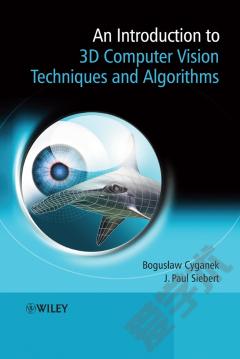
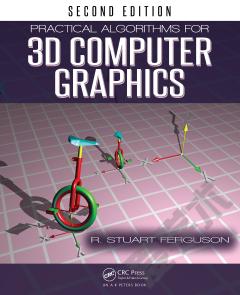

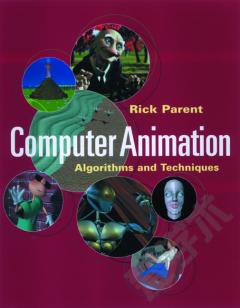
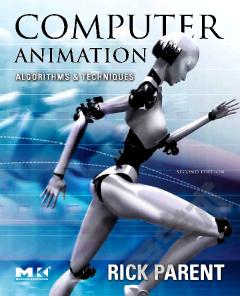
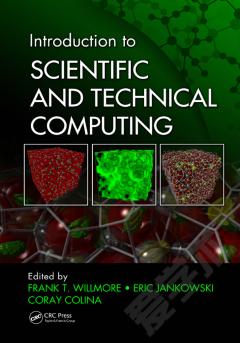


 京公网安备 11010802027623号
京公网安备 11010802027623号